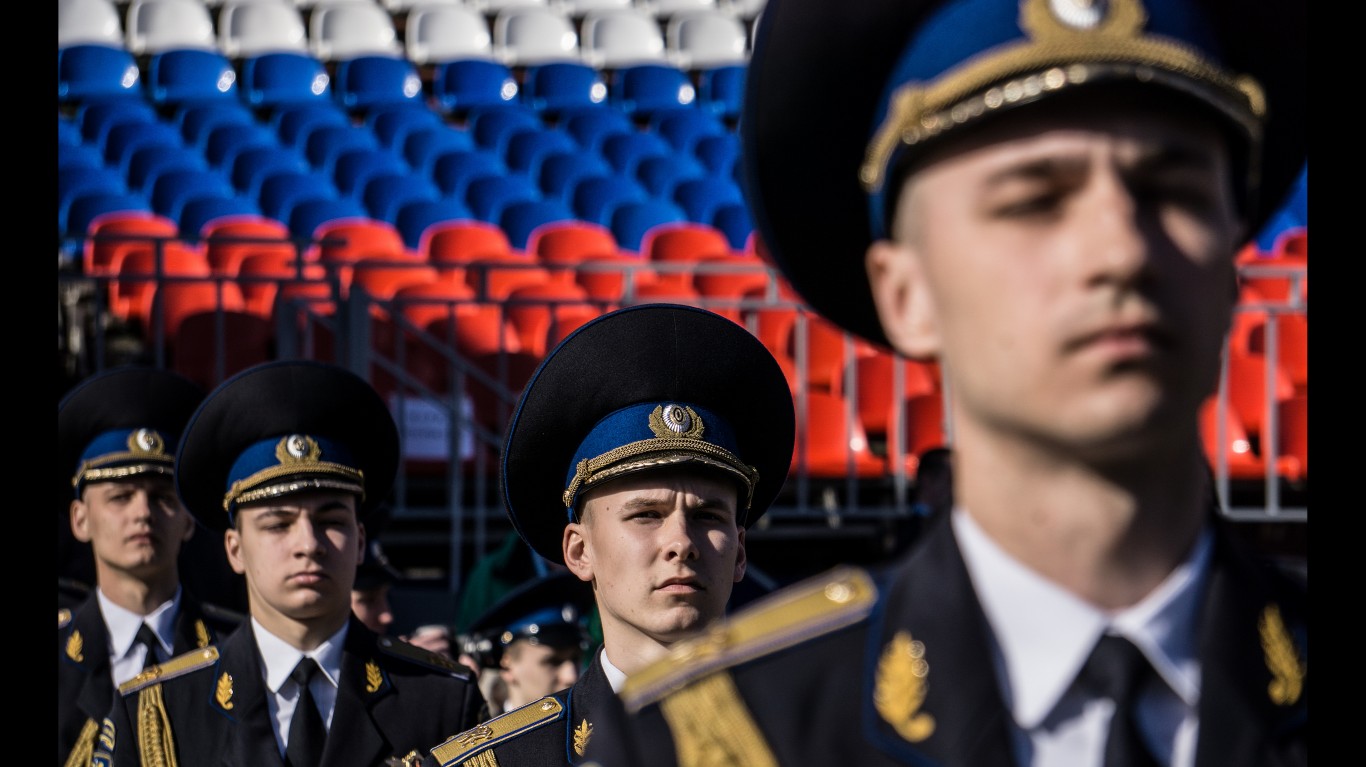
Remember there was a time not so many years ago we thought the Cold War was over? Those days are long gone. The partnership between Russia and the United States that characterized the rule of Boris Yeltsin has been replaced with Cold War round two. Russia’s power is greatly diminished since its glory days of superpower status, but it is still a formidable regional power exerting influence on the countries on its borders and a few further afield.
24/7 Wall St. Insights
- Russia’s strongest influence is on countries that were formerly part of the Soviet Union.
- It also has allies in the Middle East that are diplomatically isolated and dependent on them.
- Check out: 2 Dividend Legends To Hold Forever and Discover “The Next NVIDIA
“Spheres of Influence”
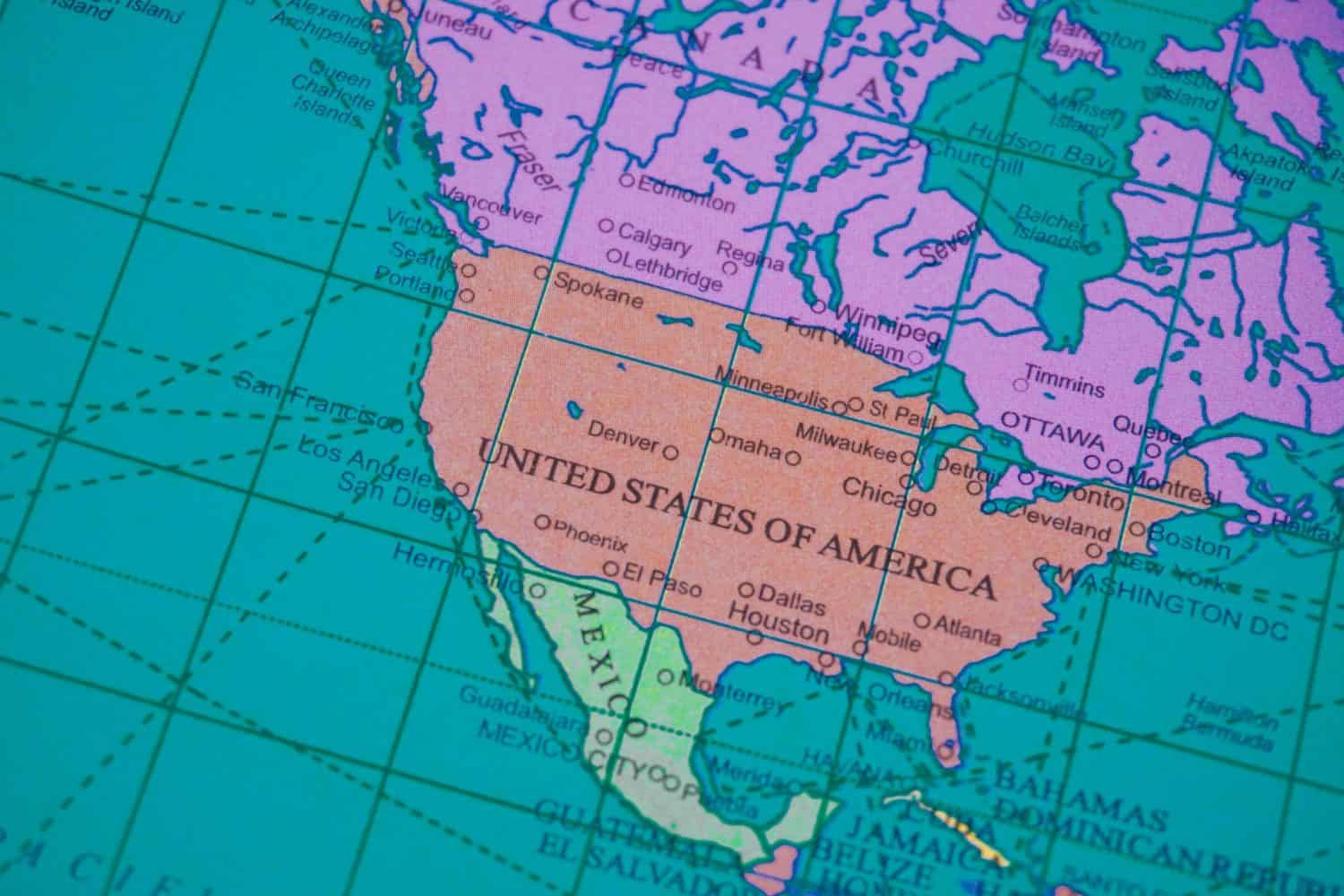
Historically, large and powerful countries have viewed other countries, particularly those on their borders, as part of their sphere of influence. While they don’t control those countries outright, they exercise a degree of political and economic influence, and ultimately, the implicit threat of military intervention to promote their interests. In the case of the United States, the whole North American continent is definitely part of the American sphere of influence. Spheres of influence are “grey areas,” ill-defined and constantly shifting. This makes them dangerous flashpoints for international conflict.
The Russian Sphere of Influence
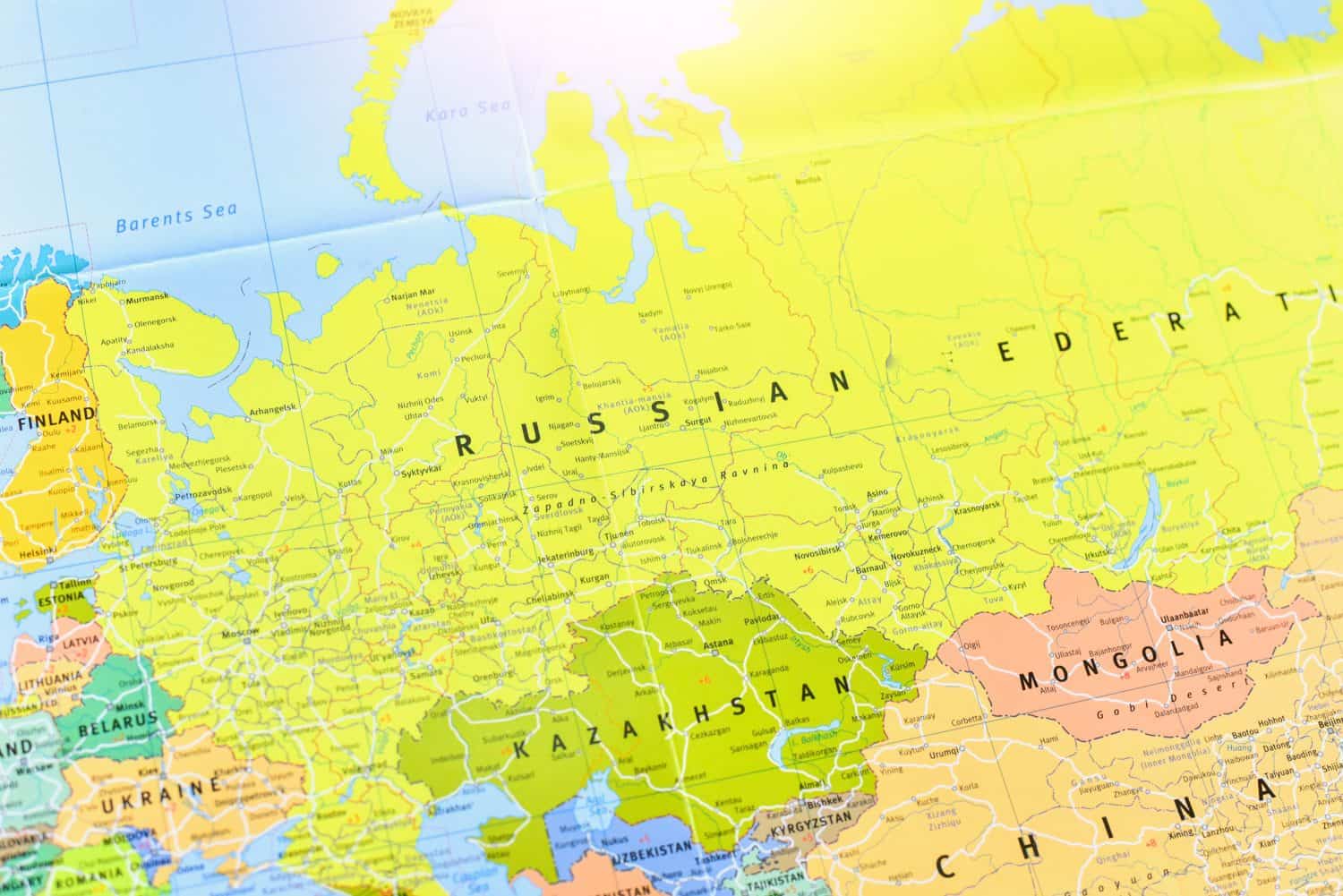
After World War II, the Soviet Union claimed all of Eastern Europe as its sphere of influence and enforced it militarily. With the collapse of communism, most of Eastern Europe realigned with the West by joining NATO and the European Union. Today, Russia is trying to reassert itself in the countries that used to be part of the Soviet Union, which Russia still treats as if they were not fully independent.
1. Belarus
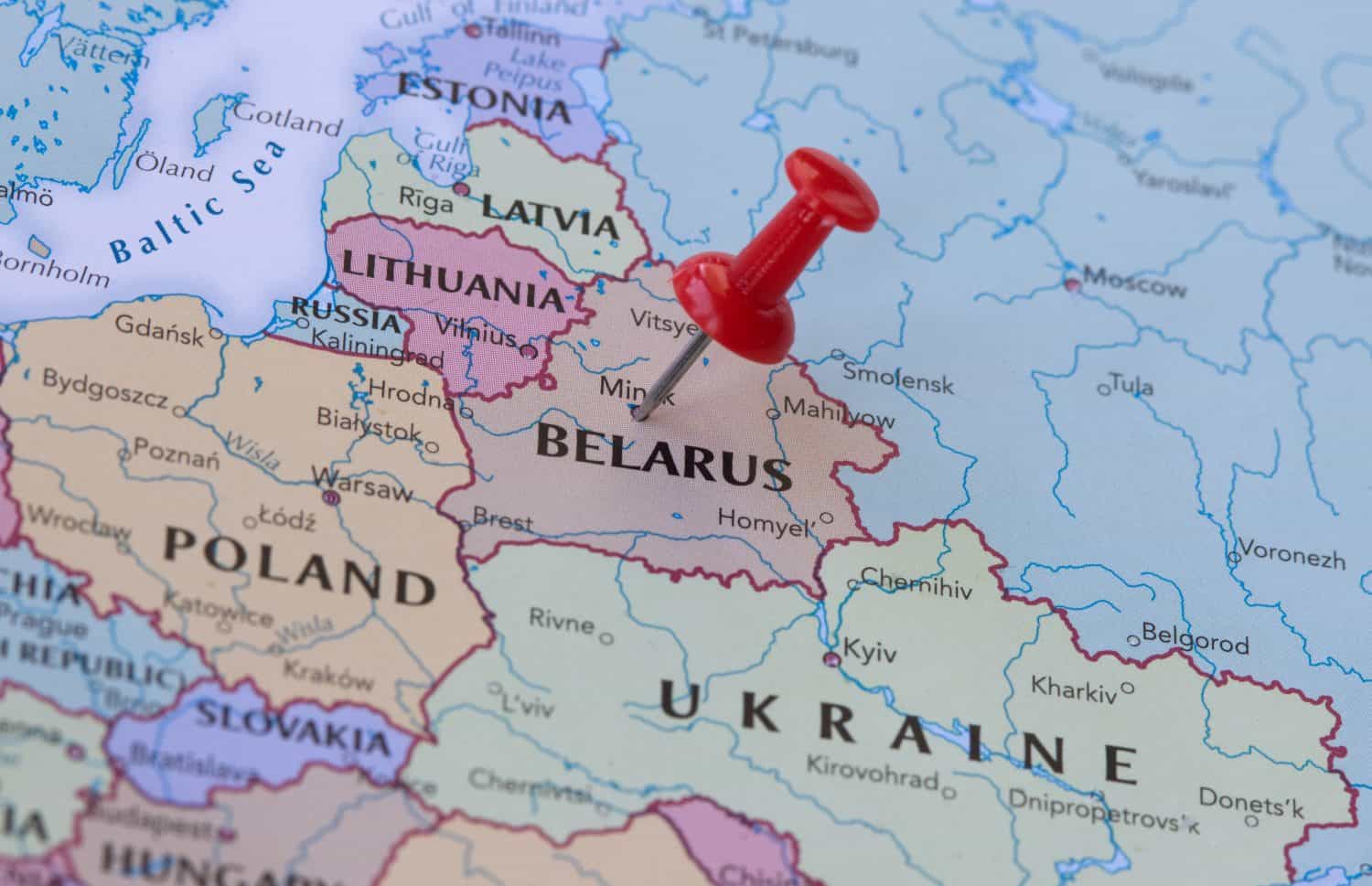
Belarus is in a strategic location between Russia and Poland and other NATO countries, and just north of Ukraine, with which Russia is currently at war. President Alexander Lukashenko has ruled as a dictator since the country’s independence. Russia has intervened to help him stay in power and put down protests. Belarus is part of the “Union State” with Russia—a supranational organization that gives Russia broad influence. Russia has used Belarus as a staging ground for its invasion of Ukraine and has placed nuclear weapons in the country to deter attack.
2. Ukraine
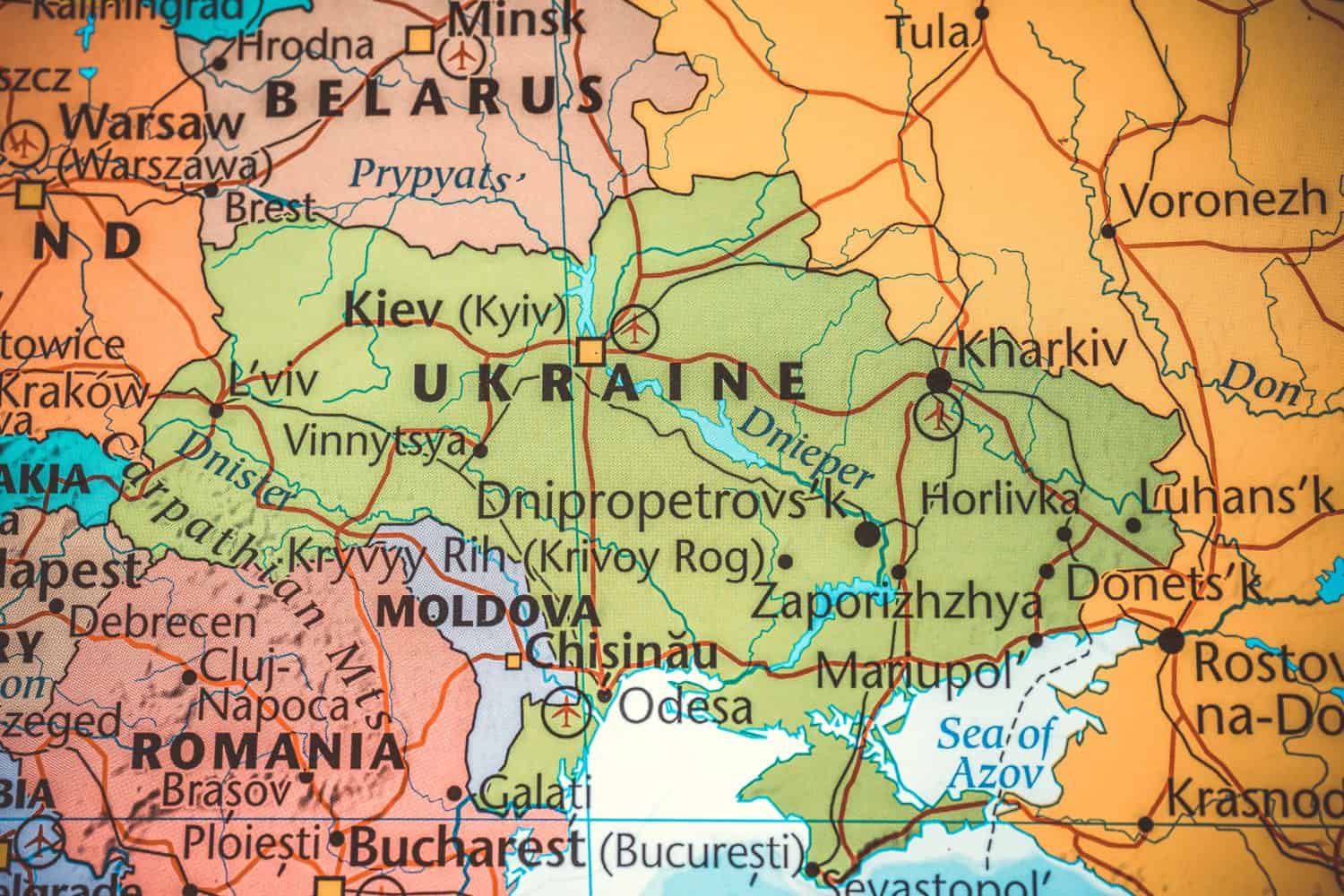
Russia considers Ukraine to be one of its vital interests. Ukraine has some of the richest farmland in the world, a strong industrial base, and strategic ports on the Black Sea. Russia interfered in Ukrainian elections repeatedly to try to keep friendly leadership in power before intervening militarily in 2014 to seize Crimea and parts of the Donbass region. Since 2022 it has staged a full-scale invasion that has ground into a war of attrition with little movement of the front lines. Ukraine is heavily funded and armed by NATO countries and has begun using its weapons to attack military sites far behind the front lines. Escalation of this conflict is a real danger.
3. Kazakhstan
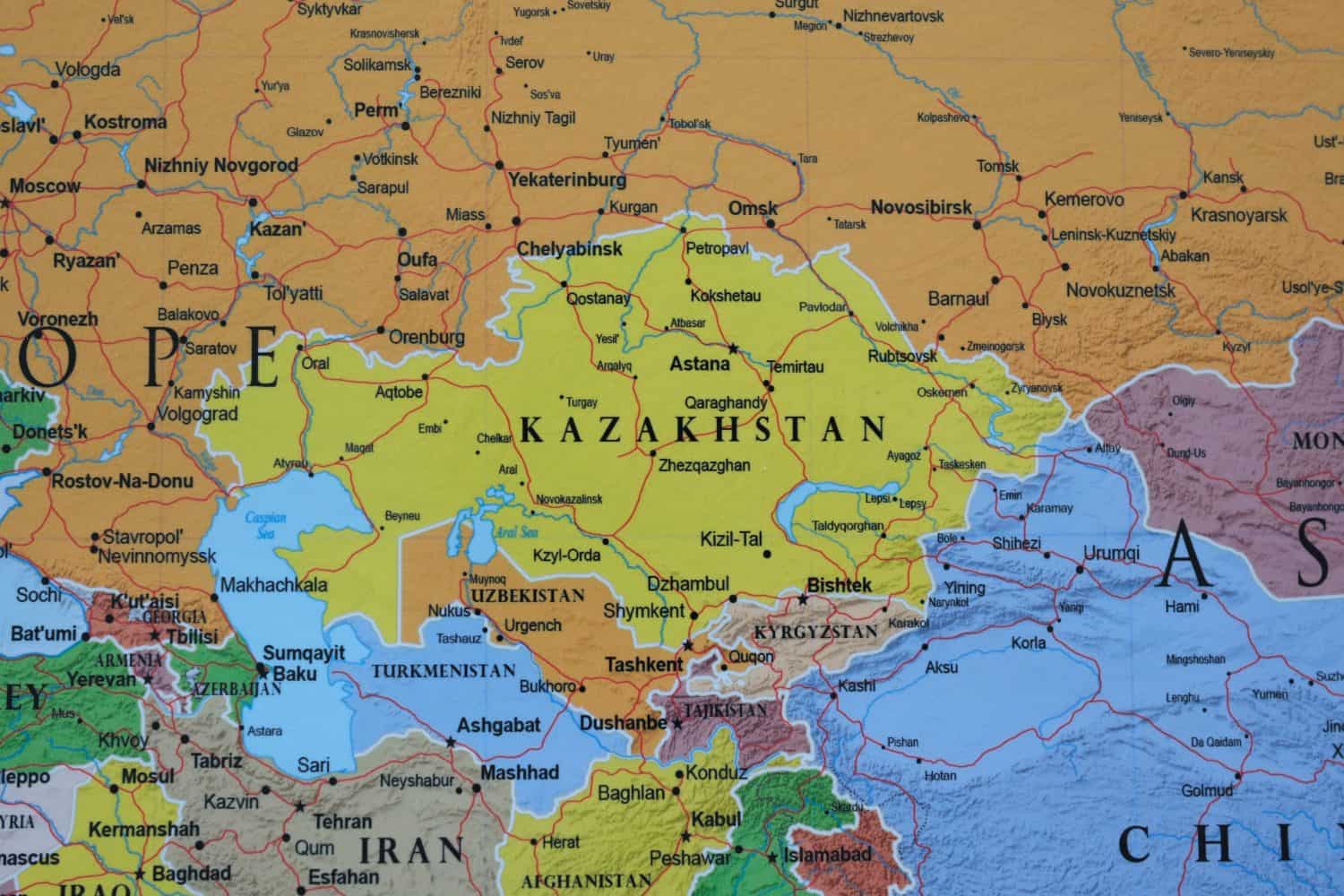
After the collapse of the Soviet Union, Kazakhstan, Ukraine, and Belarus all still had nuclear weapons stationed on their territory and agreed to turn them over to Russia in return for economic and security benefits. Kazakhstan has little choice but to align closely with Russia. It’s mostly landlocked, shares an enormous border with Russia, and about half its population is ethnically Russian. It has rich natural resources, including coal, oil, gas, and uranium, and it hosts Russia’s space launch facilities.
4. Armenia
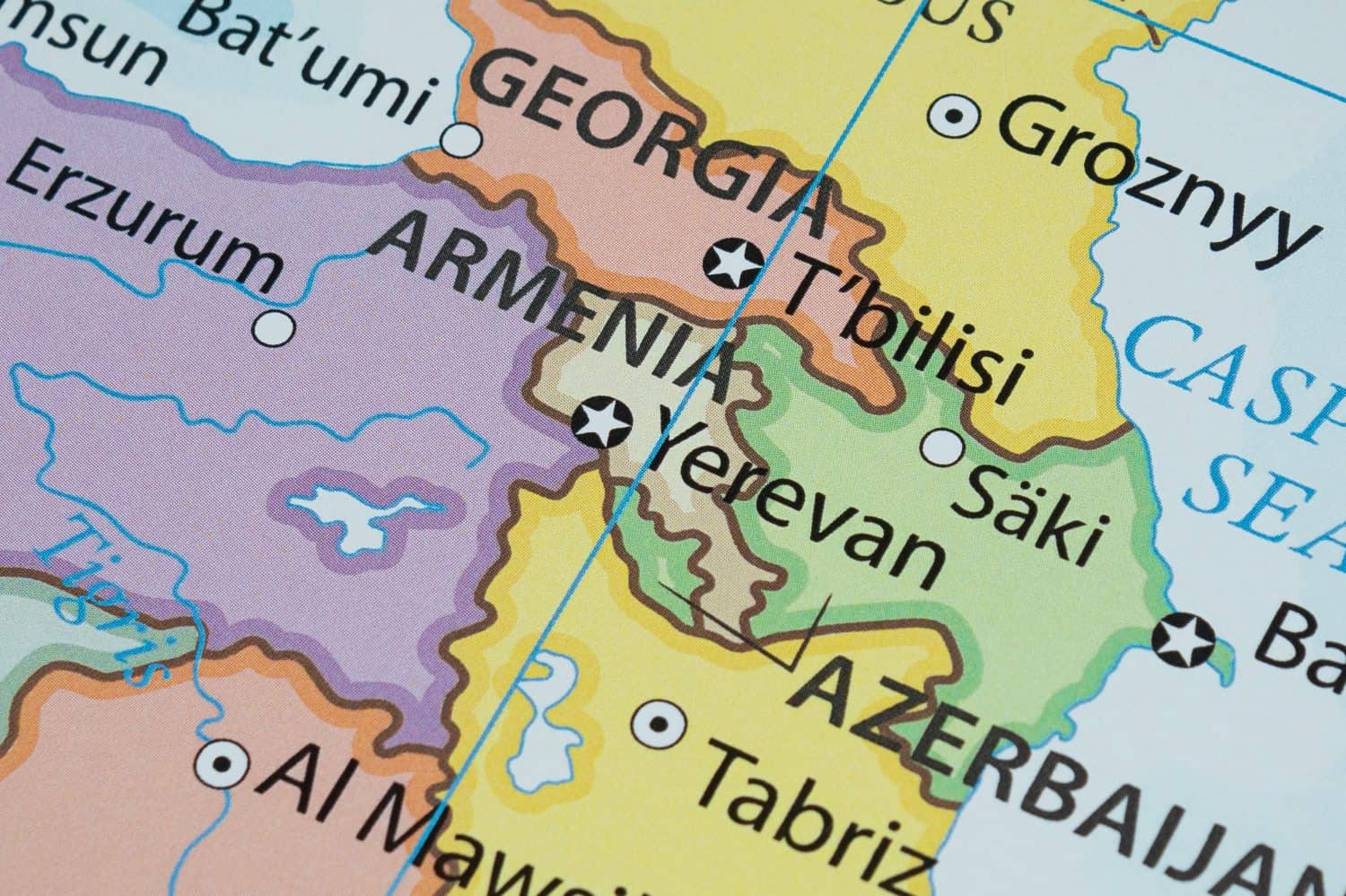
A small landlocked country in the Caucasus Mountains, Armenia is locked into a long-term conflict with its neighbor Azerbaijan. The key point of conflict is over the Armenian ethnic enclave of Nagorno-Karabakh which is controlled by Azerbaijan. Armenia hosts a Russian military base and is part of the Russia-controlled Collective Security Treaty Organization (CSTO).
5. Georgia
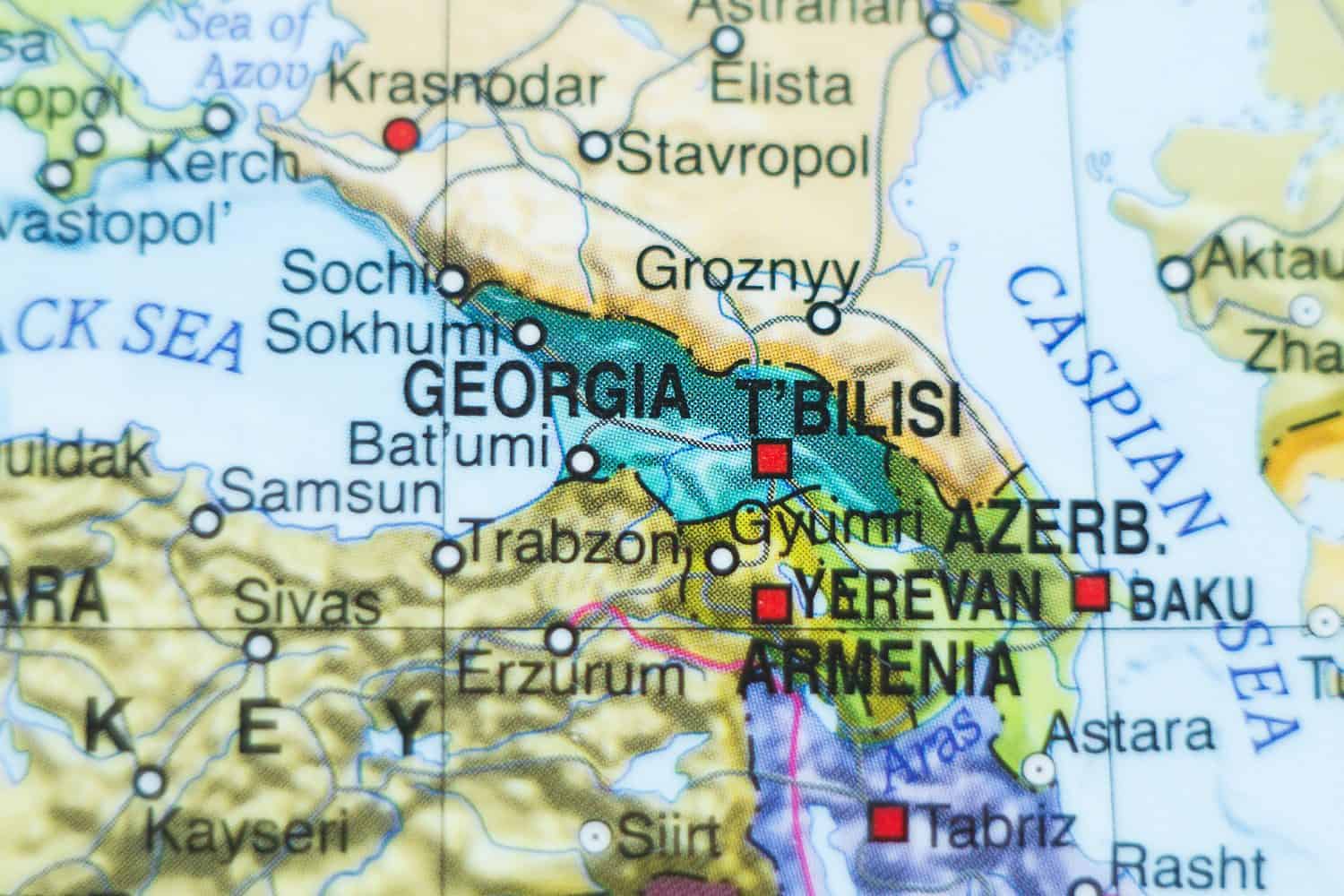
Georgia is also a Caucasus country, wedged between Russia and NATO member Turkey and with a coast on the Black Sea. In recent years it has made moves toward joining NATO and the EU. To prevent this, Russia invaded in 2008 and occupied the ethnic minority regions of South Ossetia and Abkhazia. Knowing that Western institutions will not want to accept countries that have unresolved territorial disputes, one of Russia’s strategies is to introduce these where they didn’t formerly exist and then maintain them as “frozen conflicts.”
6. Turkmenistan
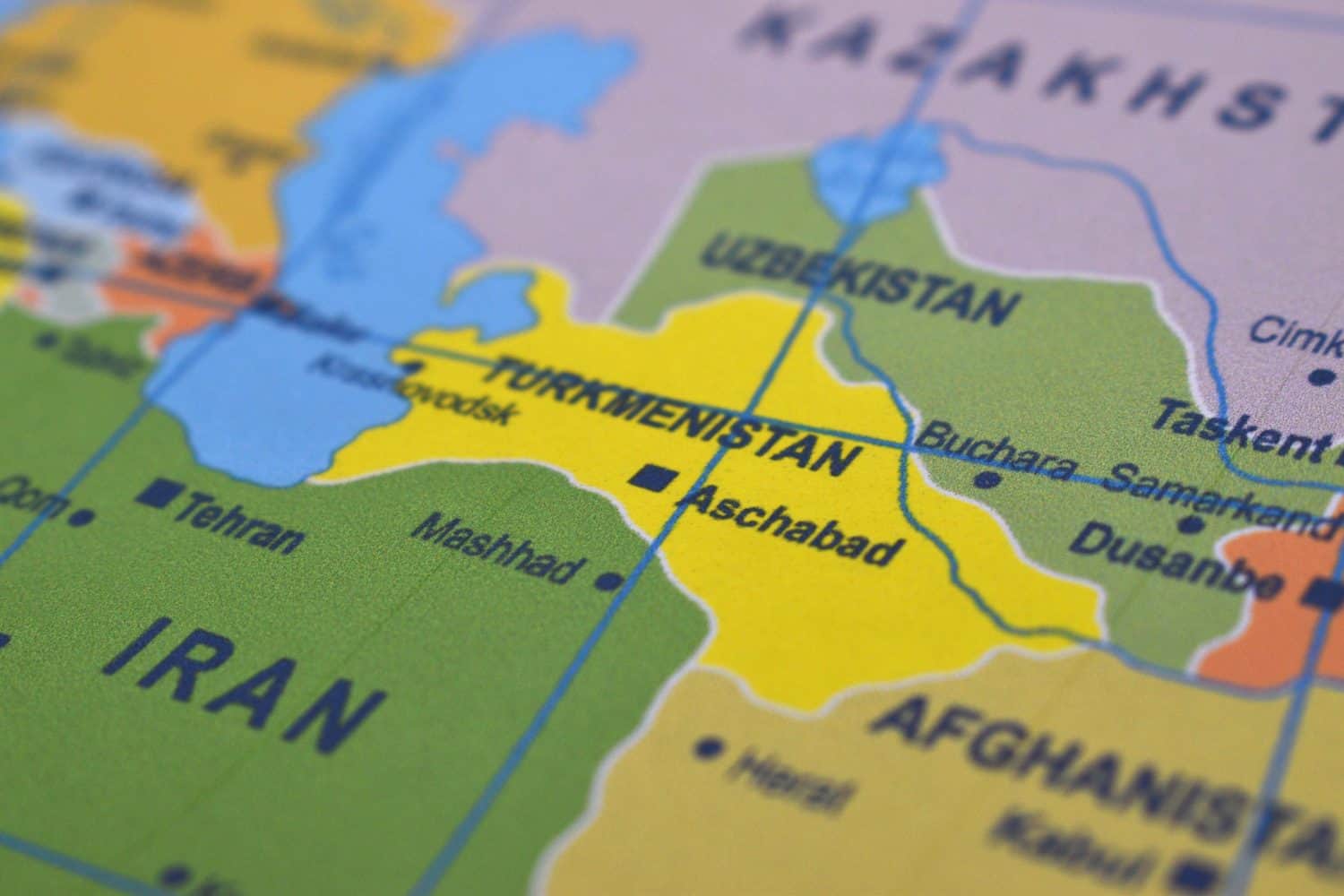
Turkmenistan is a former Soviet republic located north of Iran. It is rich in natural gas but relies on Russia to export it to market. Turkmenistan has been under authoritarian rule for the entire period of its independence. As neighboring Iran is also in partnership with Russia, Turkmenistan is firmly within the Russian sphere of influence.
7. Kyrgyzstan
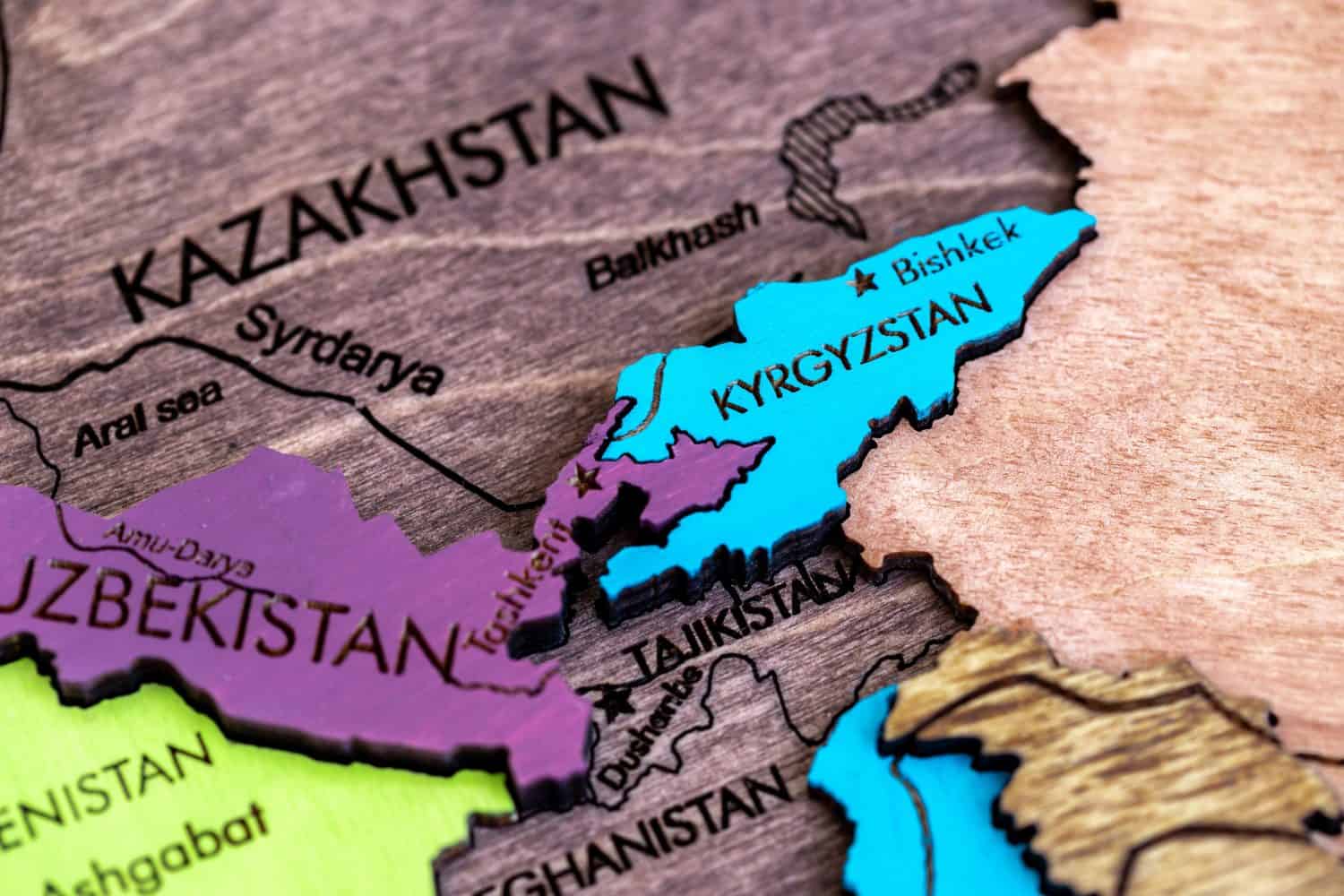
Located in Central Asia on the border of China, this mountainous, landlocked country has struggled with political stability and economic crises. It is heavily dependent on Russia for trade and for remittances sent home by Kyrgyz workers in Russia. The country has a significant air base that the Western powers used for the war in Afghanistan, but today is guarded by Russian troops.
8. Tajikistan

Tajikistan has particular security concerns about Islamic fundamentalism, as it is located on the northern border of Afghanistan. Russian troops are based in the country on several bases. Tajikistan is also economically dependent on Russia for its international trade and for money sent to the country by Tajiks working in Russia.
9. Moldova

Moldova is another example of a Russian-instigated frozen conflict. The country’s official borders include the region of Transnistria, located just cross the Dniester River from the rest of Moldova. About 8,000 Russian troops are stationed there to support the region’s claim to independence.
10. Uzbekistan
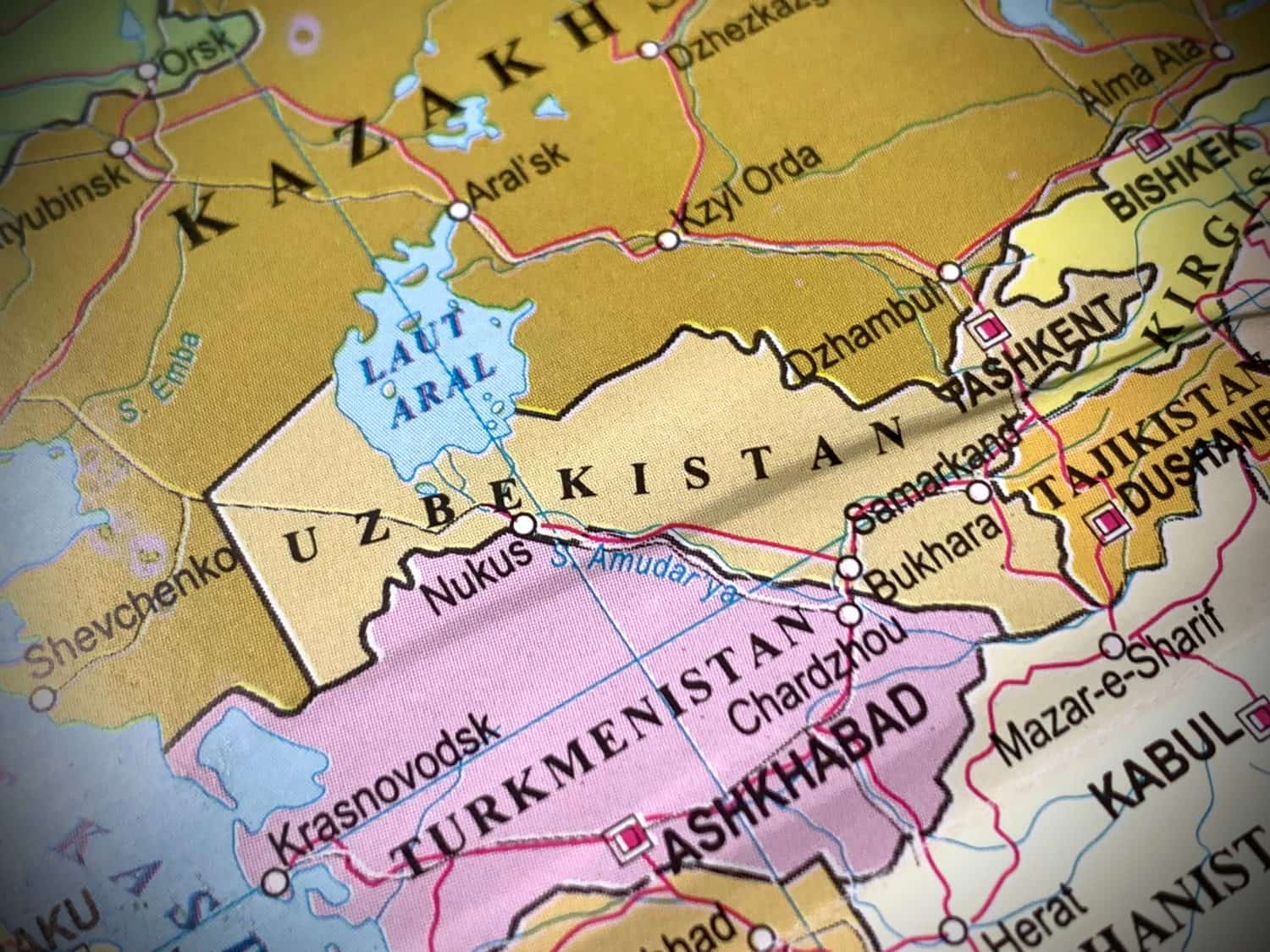
Like other Central Asian countries, Uzbekistan is landlocked and dependent on Russia economically. Although it is a petroleum producer, it is net importer of petroleum products, relying on Russia for its supply. Uzbekistan is trying to widen its options, seeking out relationships with China and the European Union.
11. Serbia
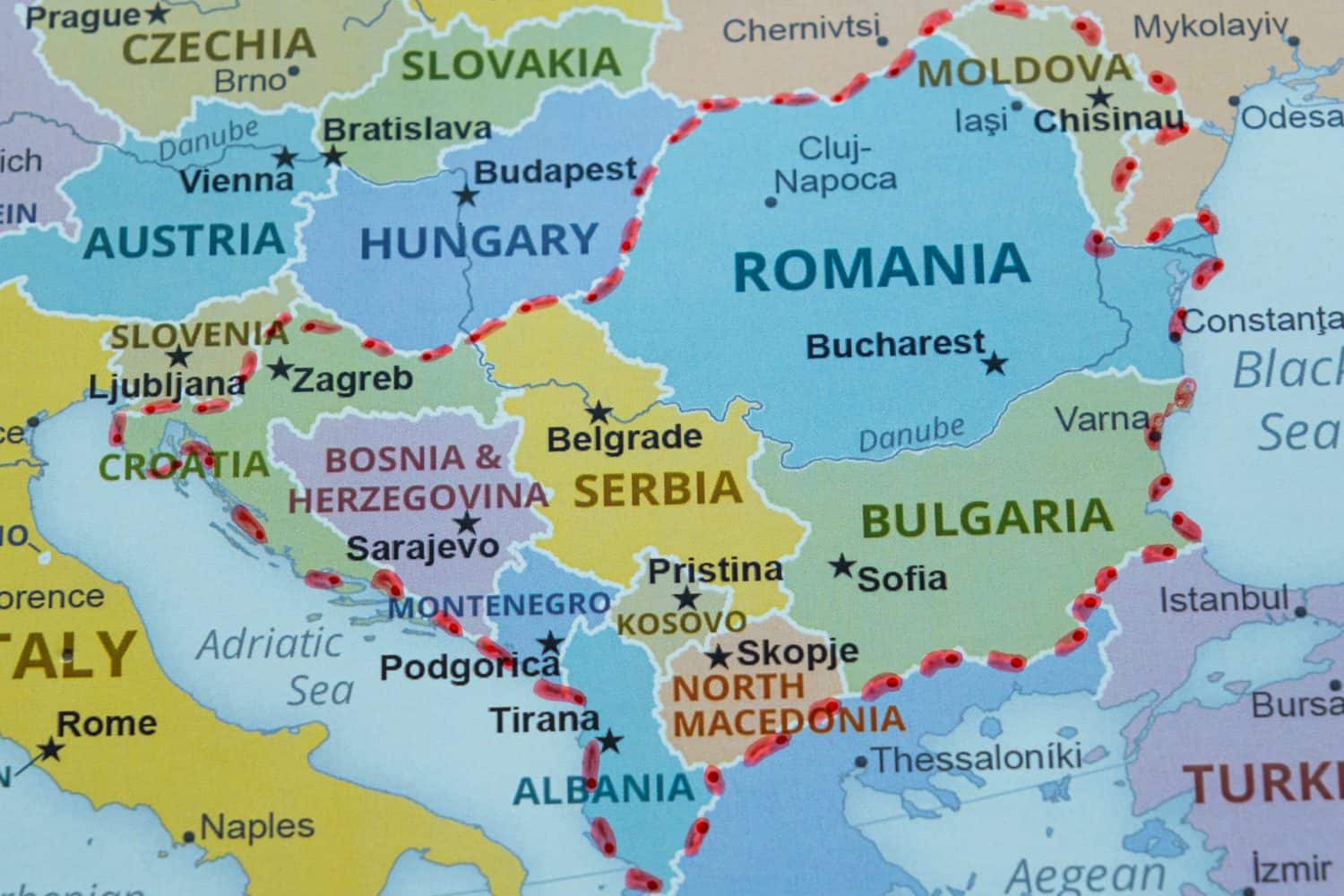
Serbia and Russia have historically been friends due to their cultural similarities and convergence of strategic interests. Though surrounded by NATO countries, Serbia resents the loss of control over the countries of the former Yugoslavia. They are particularly upset over the NATO military intervention that led to independence for Kosovo, an historically important region of Serbia.
12. Syria

With the United States heavily arming Israel in the Arab-Israeli conflict, the Soviet Union took advantage of the opportunity to sell arms and win influence in Arab states. Syria became their closest ally and allowed the Russians to establish a naval base, air bases, and station about 7,000 troops in their country. The rule of Bashar al-Assad was threatened by protests that were part of the Arab Spring movement of 2010-11. The situation disintegrated into a devastating civil war that has killed hundreds of thousands of people and displaced millions. Russia has taken an active combat role in the conflict and has managed to keep their Syrian proxy in power.
13. Mali
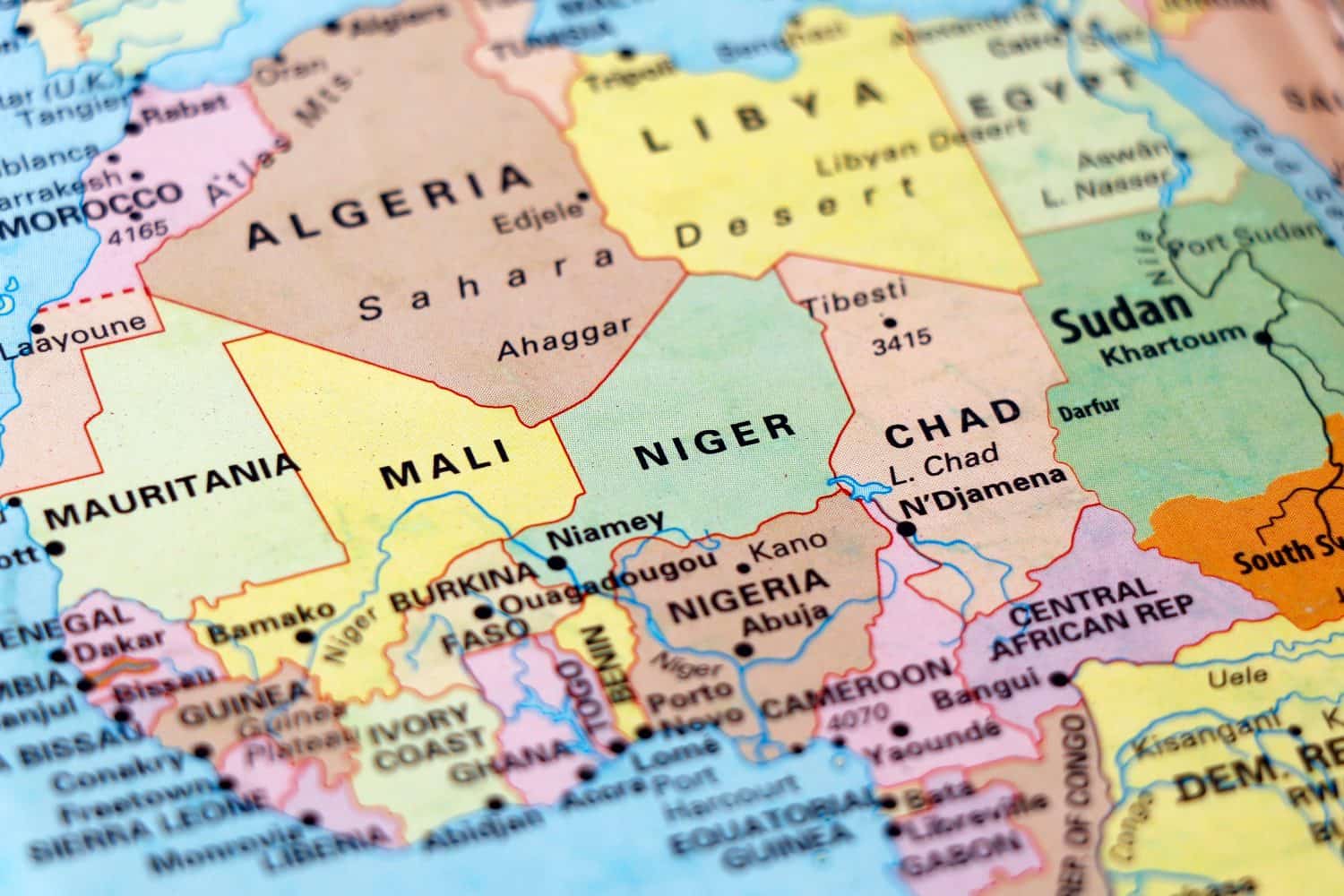
Mali is an impoverished African national in the Sahara and Sahel regions of northwest Africa. It was formerly a French colony and, along with neighboring countries, was still heavily controlled by France economically in a situation of neocolonialism. Russian mercenaries from the Wagner Group entered the country in 2021 to fight Islamic insurgents and have helped the military government of the country stay in power despite Western opposition.
14. Central African Republic
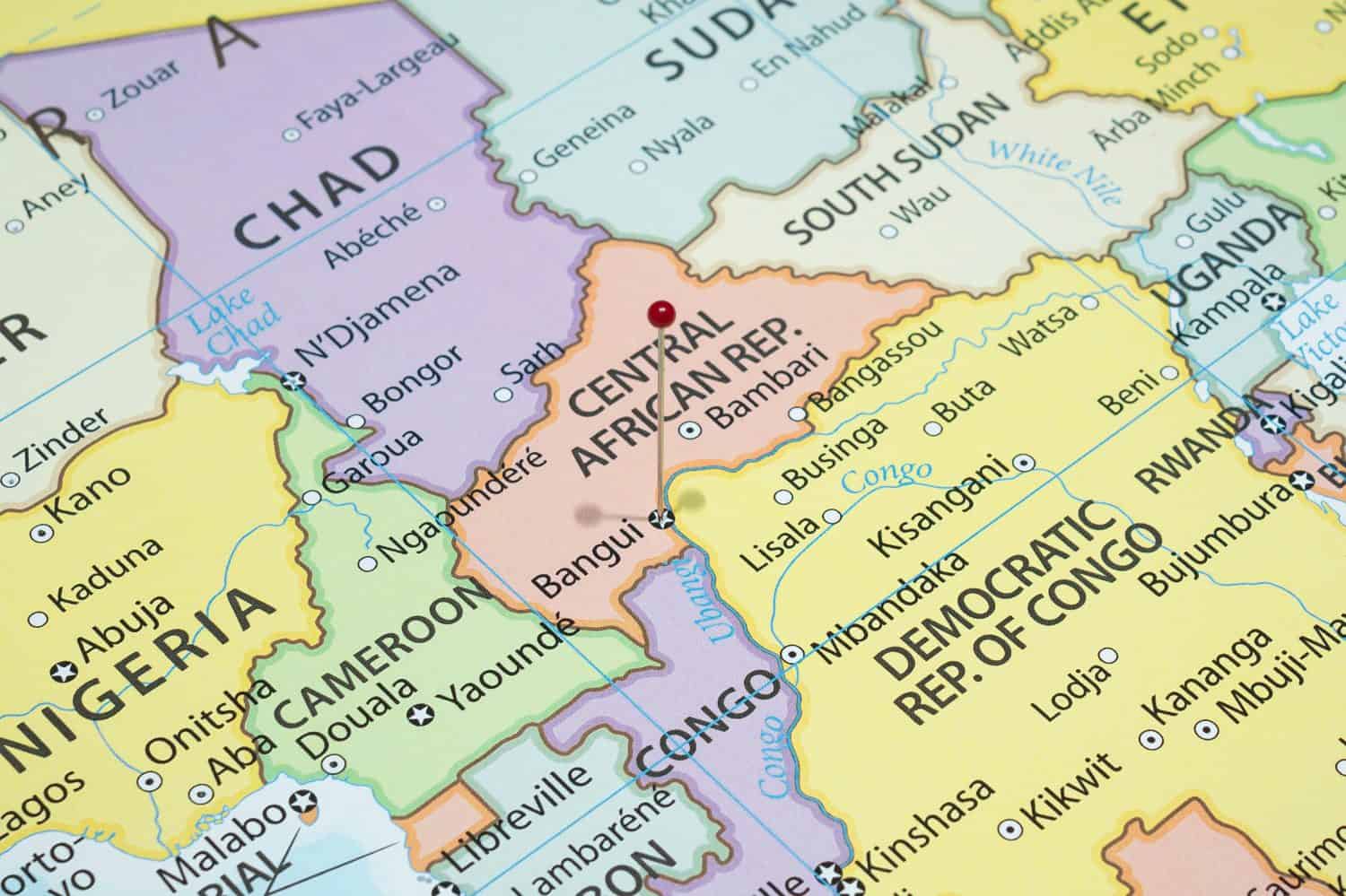
A former French colony like Mali, the Central African Republic has experienced economic and political instability since independence. Russian mercenaries entered the country in 2018 to help control rebel groups and to seize valuable assets like diamonds and gold. This is one way the Wagner Group has been able to secure independent funding for its operations.
15. Sudan

Sudan has been at war with itself for decades. South Sudan was able to break away as an independent country in 2011 but in the remainder of the country there is still fighting based in different ethnic groups and military factions. Russian mercenaries have been active in the country since 2017, backing more than one faction to hedge their bets about which might ultimately come out on top. There has been some talk of Russia building up naval facilities at Port Sudan on the Red Sea.
16. Libya
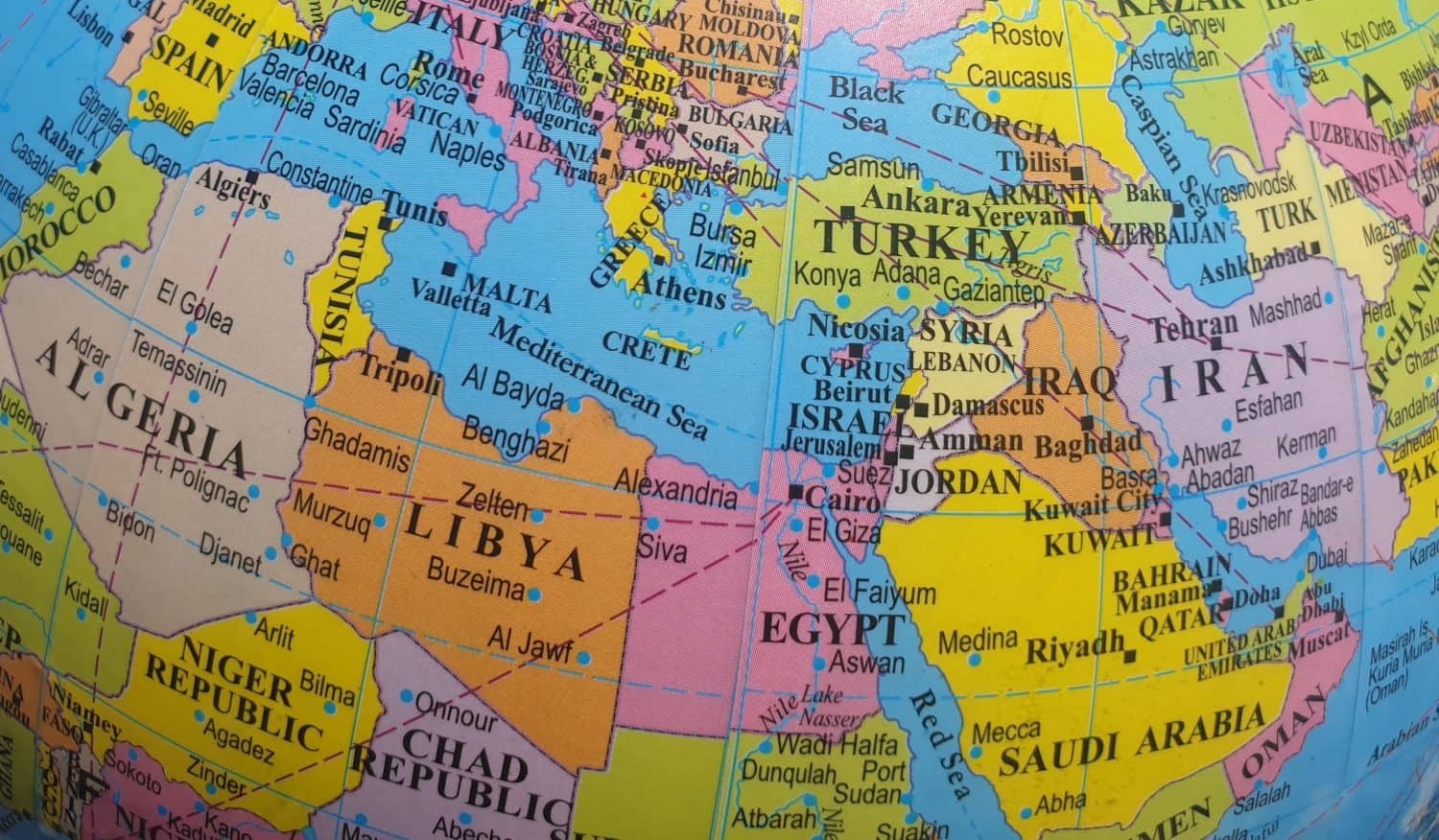
After the Libyan dictatorship of Muammar Gaddafi was overthrown, Libya disintegrated into a multi-faction civil war. Russian Wagner mercenaries arrived in 2018 to assist General Khalifa Haftar against the Government of National Unity, which has been recognized by the world community as Libya’s legitimate government. Wagner has secured oil fields and engaged in combat operations with heavy loss of life, both civilian and military.
17. North Korea
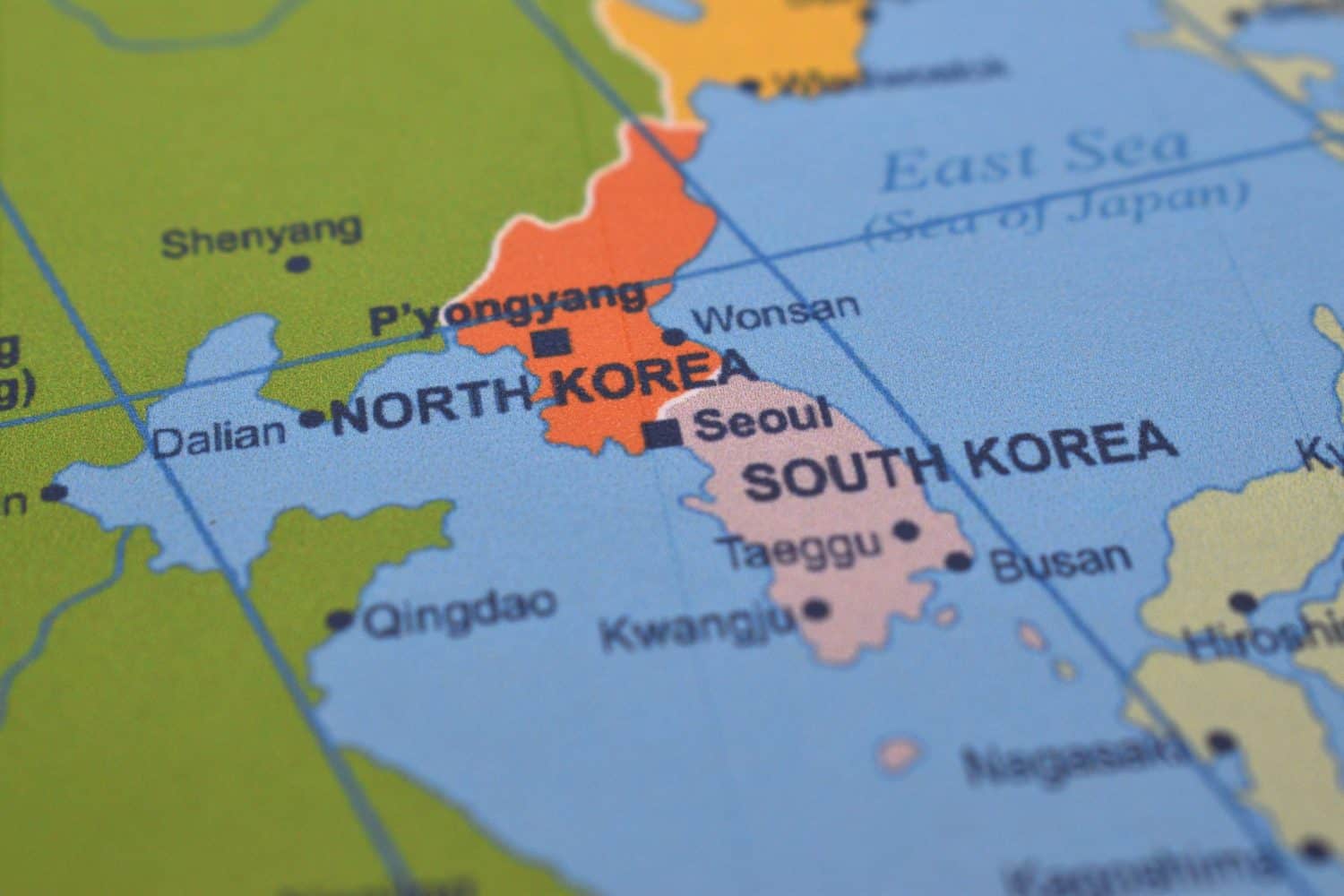
As for the last two countries on our list, it’s not entirely accurate to say that Russia controls them, or that any nation could control such wildly independent actors. But since the start of the Russian invasion of Ukraine, they have both drifted more closely into Russia’s orbit out of shared interests. North Korea has been under heavy international sanctions for some time due to developing a nuclear weapons program and testing long-range missiles. Traditionally sponsored by China, more recently North Korea has done a growing trade selling arms to Russia. And within the past month, up to 10,000 North Korean troops have arrived in Russia’s Kursk Oblast to help reclaim Ukrainian-held territory. Recently Russian ships were spotted exporting oil in North Korea, no doubt as part of whatever deal the two countries have cooked up.
18. Iran
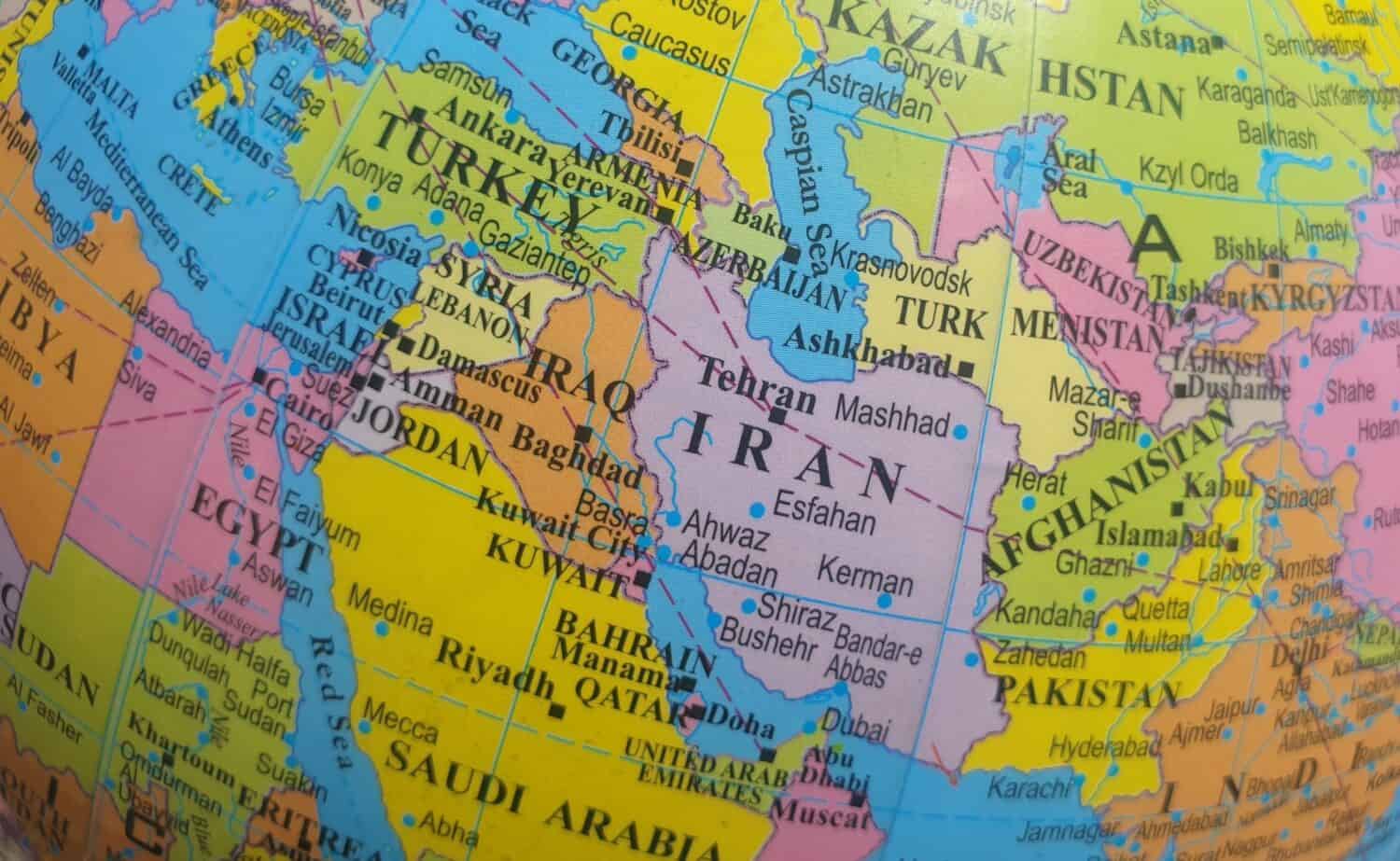
Like North Korea, Iran is an unpredictable partner for Russia. A fierce foe of Israel, the United States, and moderate Arab countries, Iran has few options but to look toward Russia for support. Iran is under Western sanctions for its nuclear program and terrorist sponsorship. By partnering with Russia, it hopes to gain access to sources of uranium, high technology components, and technical expertise. And at the very least, it hopes that such a partnership will cause its enemies to think again before attacking them. Iran has been supplying large numbers of drones to Russia to use in its fight against Ukraine. While relatively ineffective individually, when massed in large numbers against a target they can achieve some of Russia’s battlefield objectives.
Take Charge of Your Retirement In Just A Few Minutes (Sponsor)
Retirement planning doesn’t have to feel overwhelming. The key is finding expert guidance—and SmartAsset’s simple quiz makes it easier than ever for you to connect with a vetted financial advisor.
Here’s how it works:
- Answer a Few Simple Questions. Tell us a bit about your goals and preferences—it only takes a few minutes!
- Get Matched with Vetted Advisors Our smart tool matches you with up to three pre-screened, vetted advisors who serve your area and are held to a fiduciary standard to act in your best interests. Click here to begin
- Choose Your Fit Review their profiles, schedule an introductory call (or meet in person), and select the advisor who feel is right for you.
Why wait? Start building the retirement you’ve always dreamed of. Click here to get started today!
Thank you for reading! Have some feedback for us?
Contact the 24/7 Wall St. editorial team.

